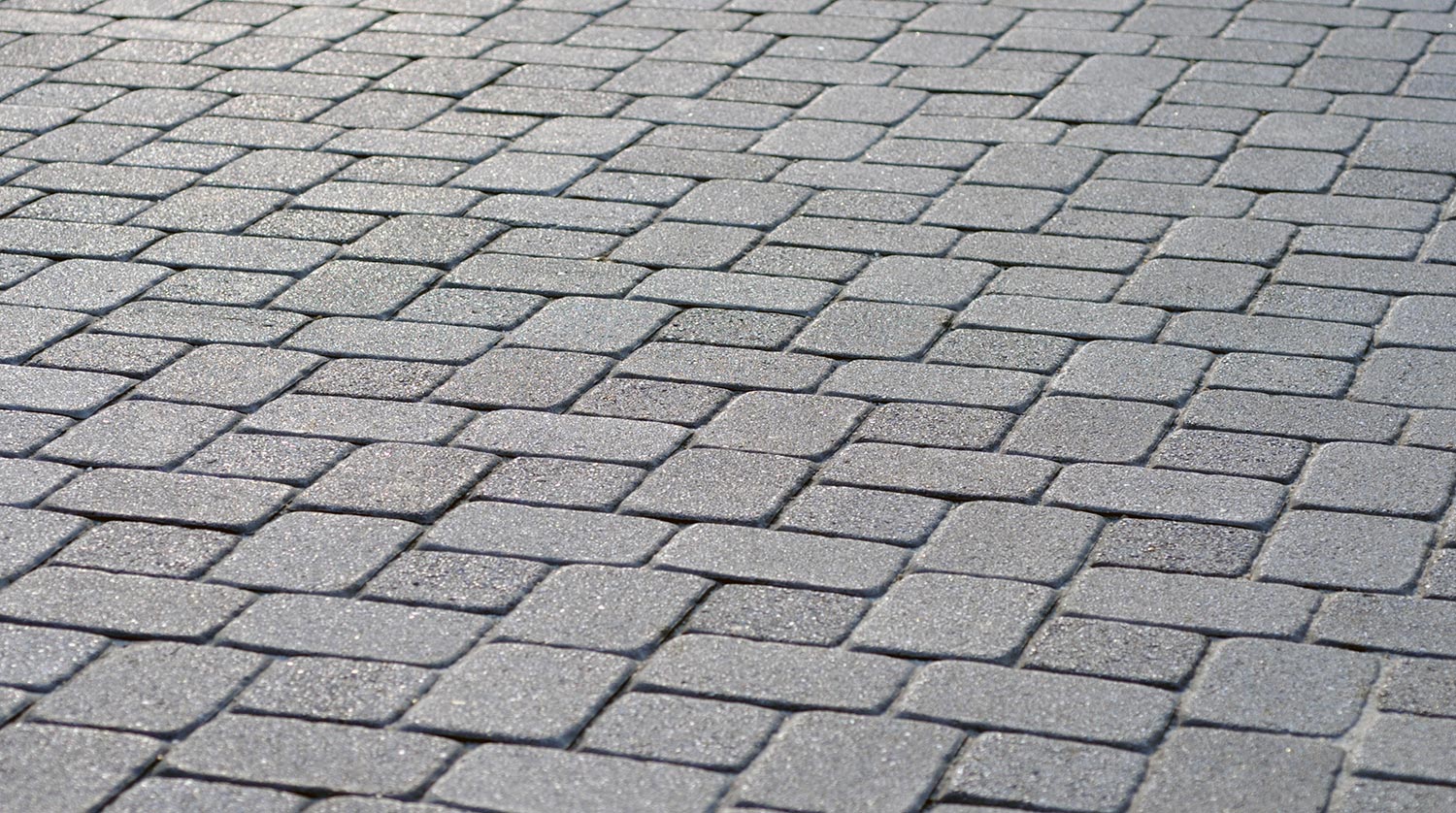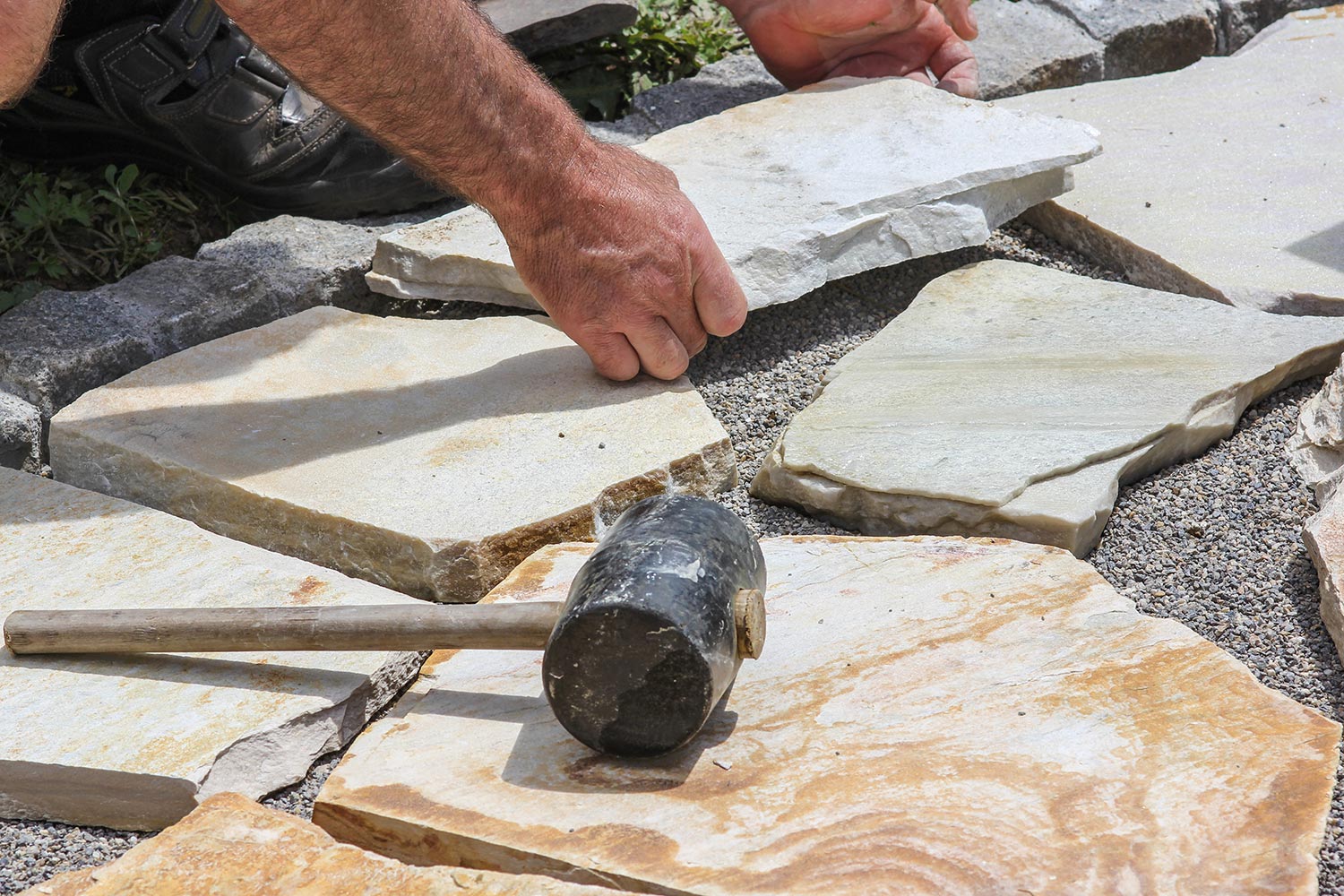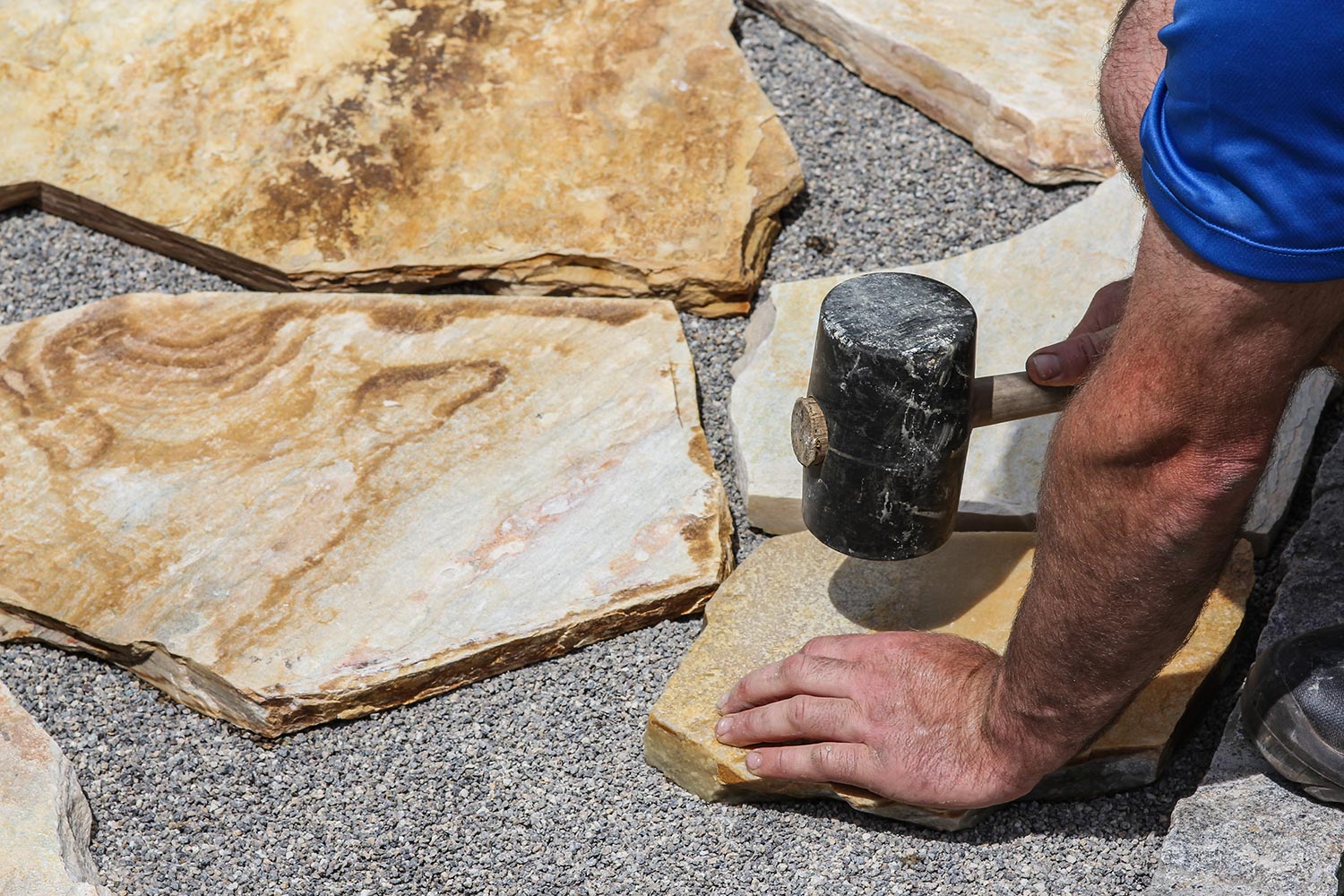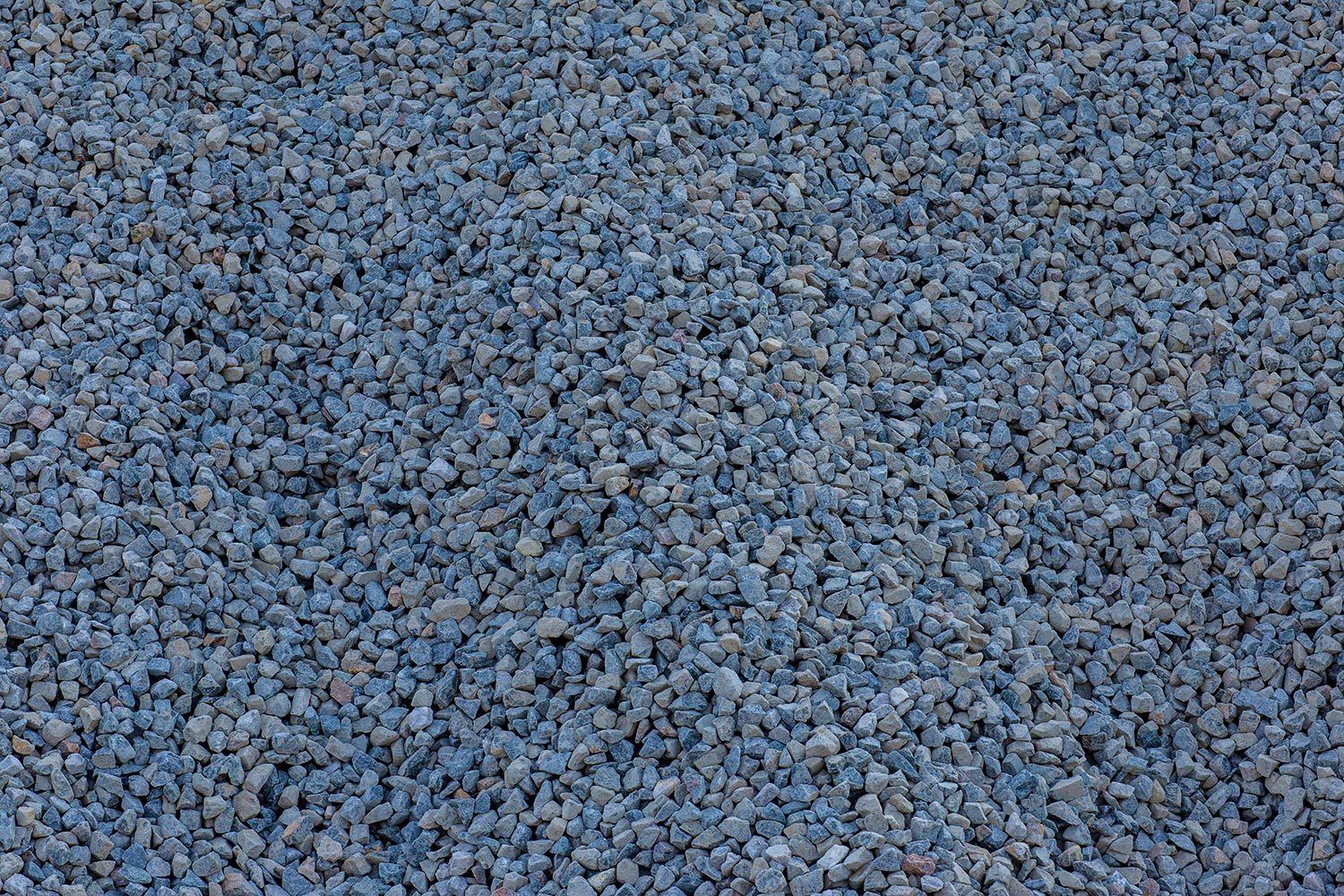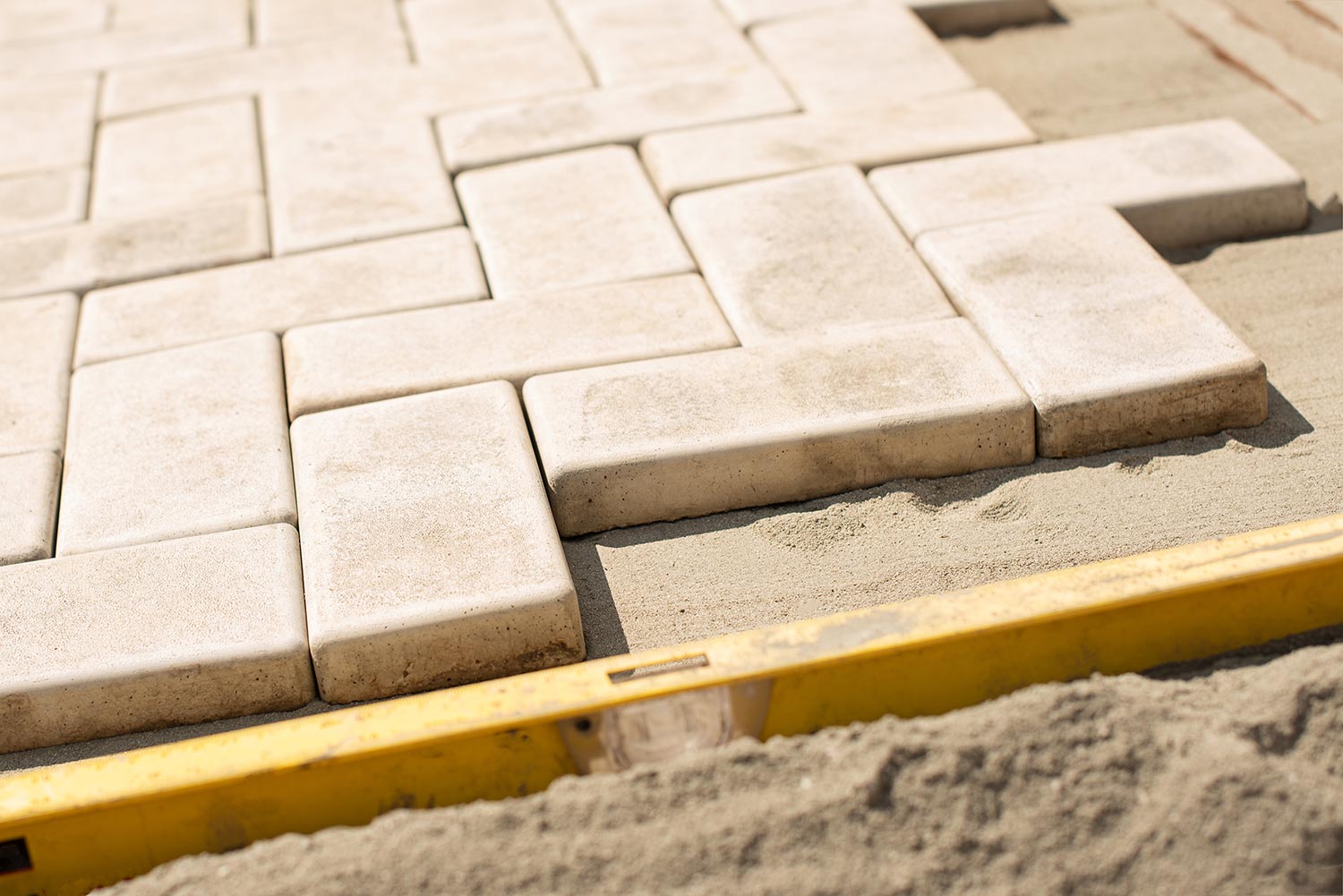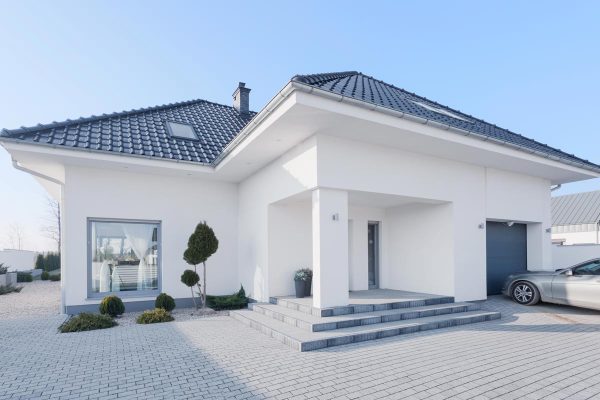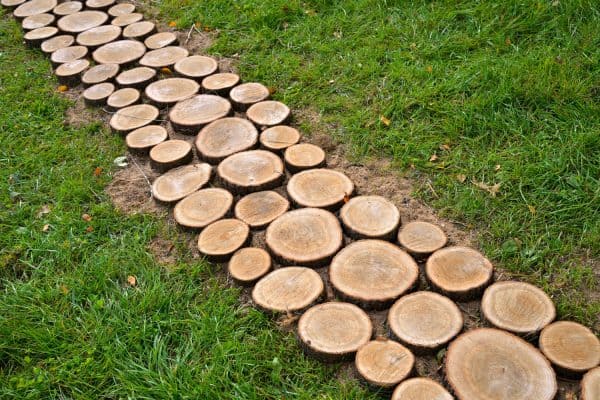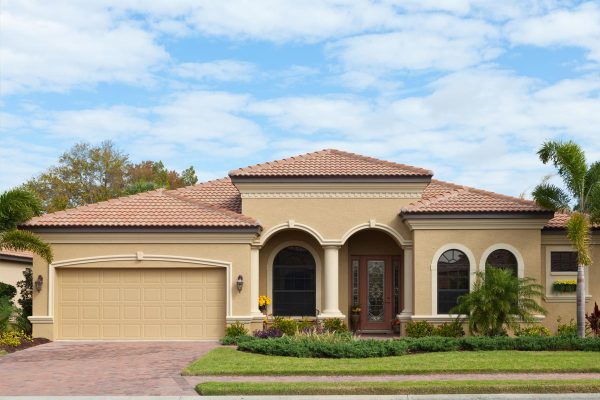Disclosure: We may get commissions for purchases made through links in this post.
Landscaping helps your property handle drainage. It also improves the overall look of the home. Pavers are part of the landscaping, and you can't leave their color, pattern, or material to chance.
Homeowners with gray-themed houses might be at a loss of which pavers will go with their houses. Luckily, landscaping experts and builders offer practical and beautiful suggestions.
The perfect pavers for a gray house are brick brown, tan, ash, pale brown, and gray. Designers suggest mixing and matching two or three colors of the pavers to get a subtle look. Ideally, match pavers with the roof and the color scheme in the compound.
Pavers help protect areas with heavy traffic. Generally, pavers are low maintenance. Patio decks, driveways, and walkways need to have pavers installed. Continue reading to see which pavers are most suitable for a gray home according to your preference.
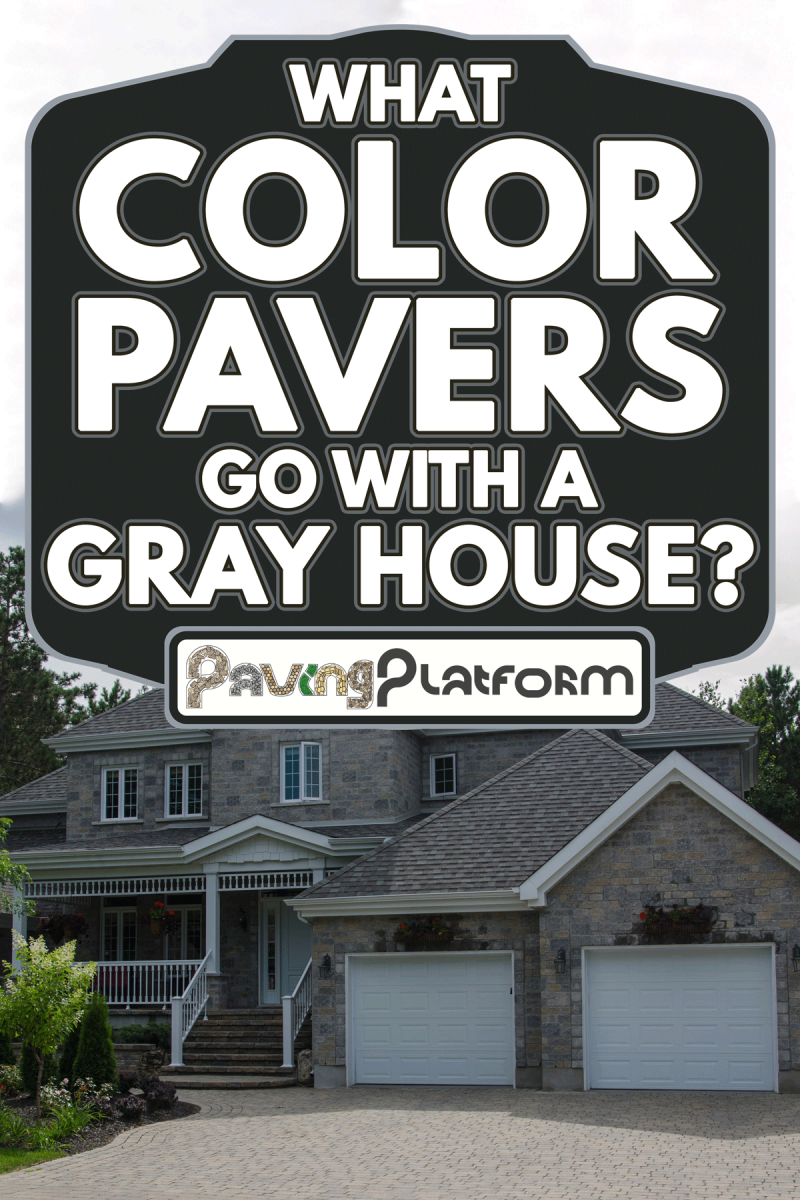
Gray Pavers
The rustic charm from the gray pavers will complement a gray-colored house. They also feel historic and relaxed. Gray pavers are a natural color that looks contemporary and expensive.
You can use one gray color or mix and match two or three gray shades. You can install different size pavers for an interesting visual effect.
Red and Gray Pavers
A mixture of red and gray pavers makes the general ambiance of the yard feel harmonious. The ratio and design of the pavers will depend on their sizes. The red pavers could echo a red roof or the brickwork of the house while the gray pavers will dilute the combination.
Brick Brown Pavers
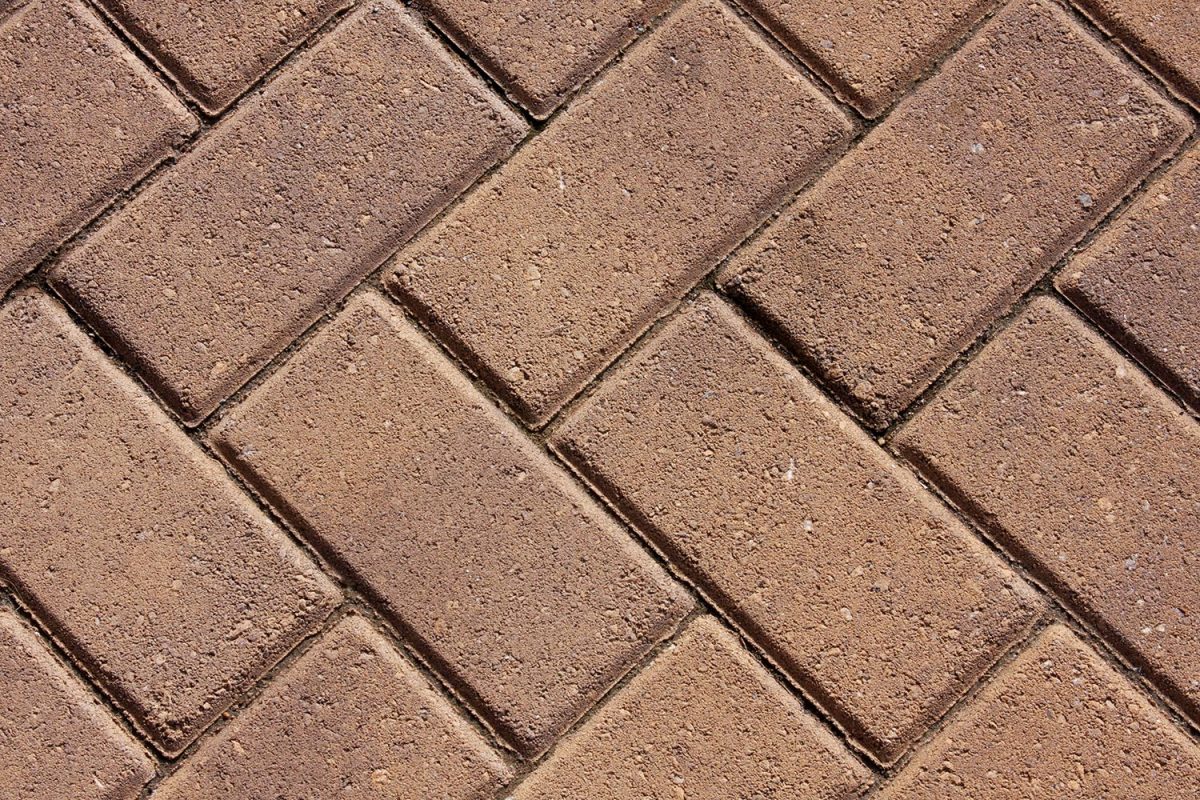
The brick brown color enhances a cozy feeling on the exterior of the home. In building and construction, brick brown is associated with stability and durability.
Brick brown will reflect light well and give the exterior of the home a brighter look contrasting with the dull gray. Mix and match dark and light-colored pavers for your gray home.
Tan Pavers
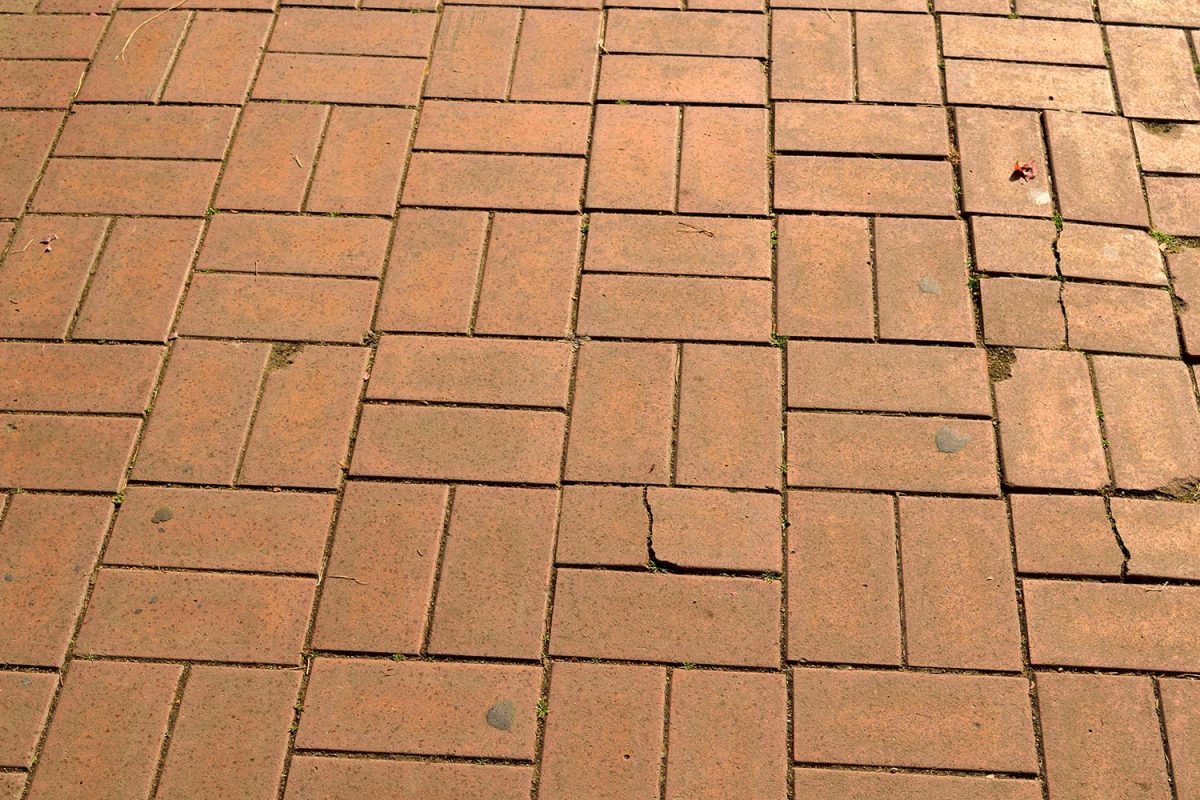
Tan pavers will suit a gray house. Gray is easily paired with tan pavers. Designers recommend pairing tan pavers with slate gray ones. However, you can also use only the tan pavers in your yard.
Paver Patterns
When placing pavers, you can use different patterns that make them look like artwork. How the patterns of your pavers stand out will depend on the size of the pavers.
You can combine different sizes of pavers to get a new design. The classic paver patterns available serve as a guideline.
Paver patterns are classified into three groups: herringbone, bond, and basket weave. Twist the patterns to get sub-patterns.
The bond pattern has several different variations, such as the running bond, stacked bond, running stacked bond, and running quarter bond.
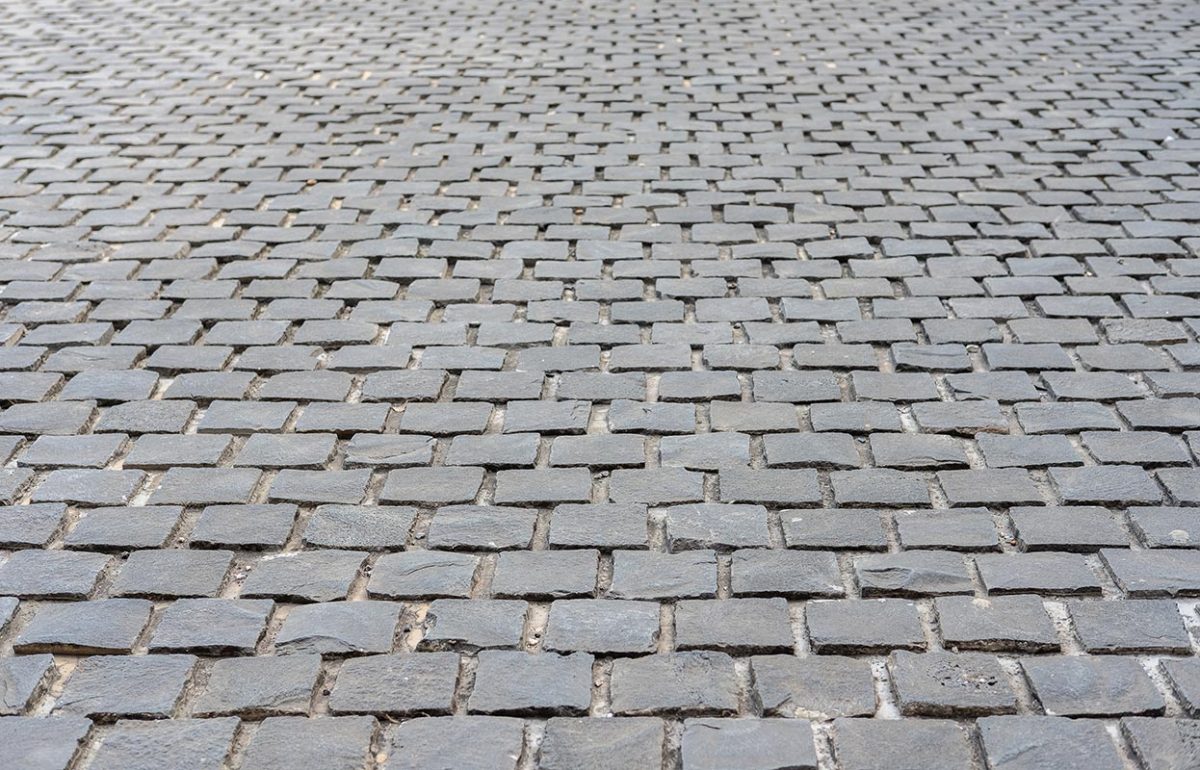
Basketweave pattern comes in boxed basketweave, offset basketweave, or offset boxed basket weave.
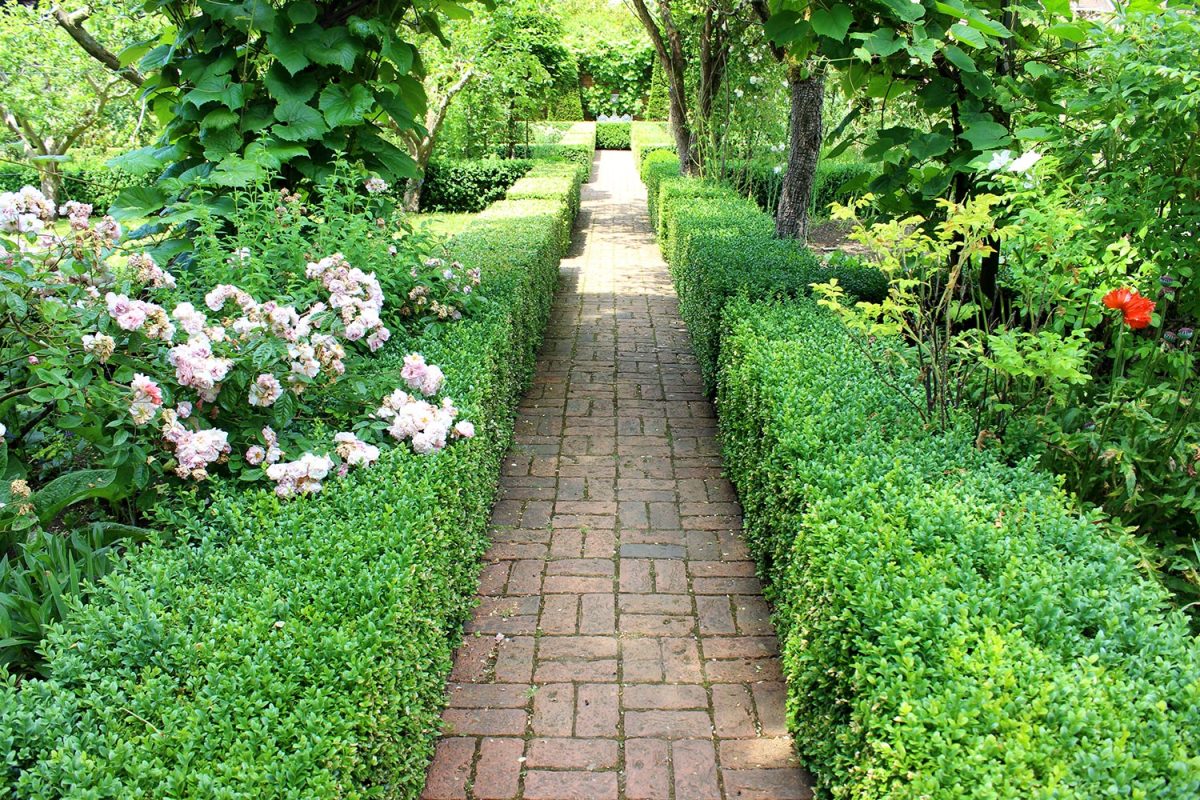
The herringbone pattern is straightforward and has no variations. You can get stunning designs by placing the pavers at 45 or 90-degree angles.
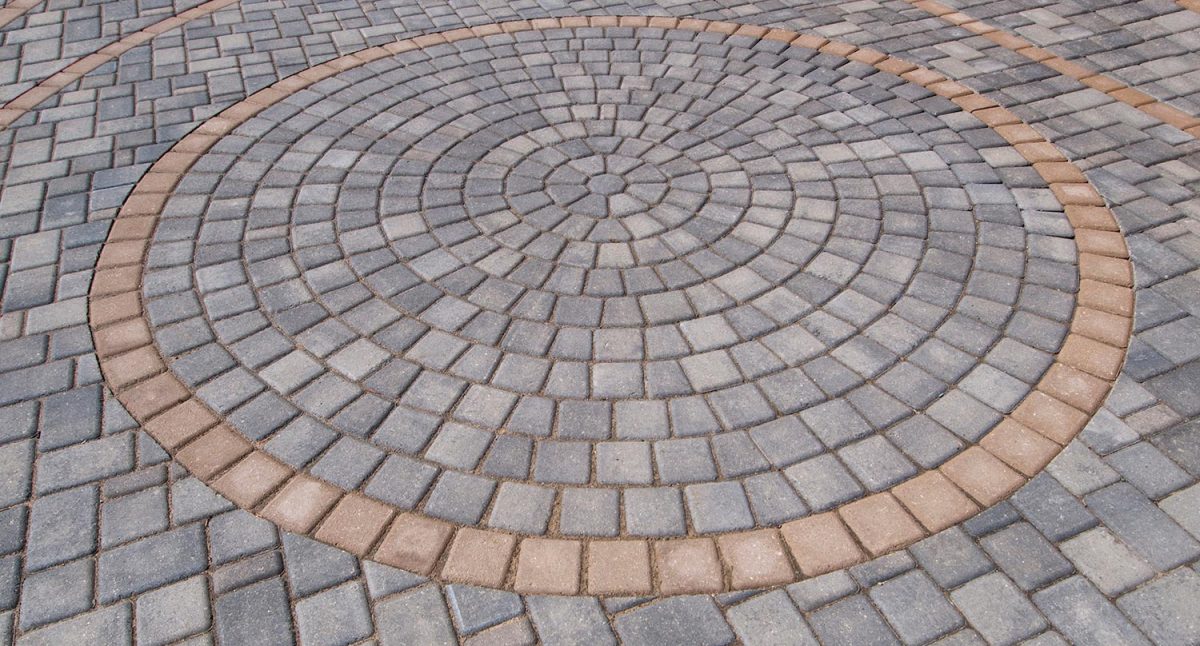
Paver Materials
Landscapers advise choosing the paver material of your home depending on their placement.
- Brick Pavers: These pavers are made from clay that has undergone intense heat. They come in different hues and are recyclable. Homeowners can use brick pavers in walkways, patios, driveways, and swimming pool areas. The brick pavers have proper grip and don't get too hot to walk on barefoot.
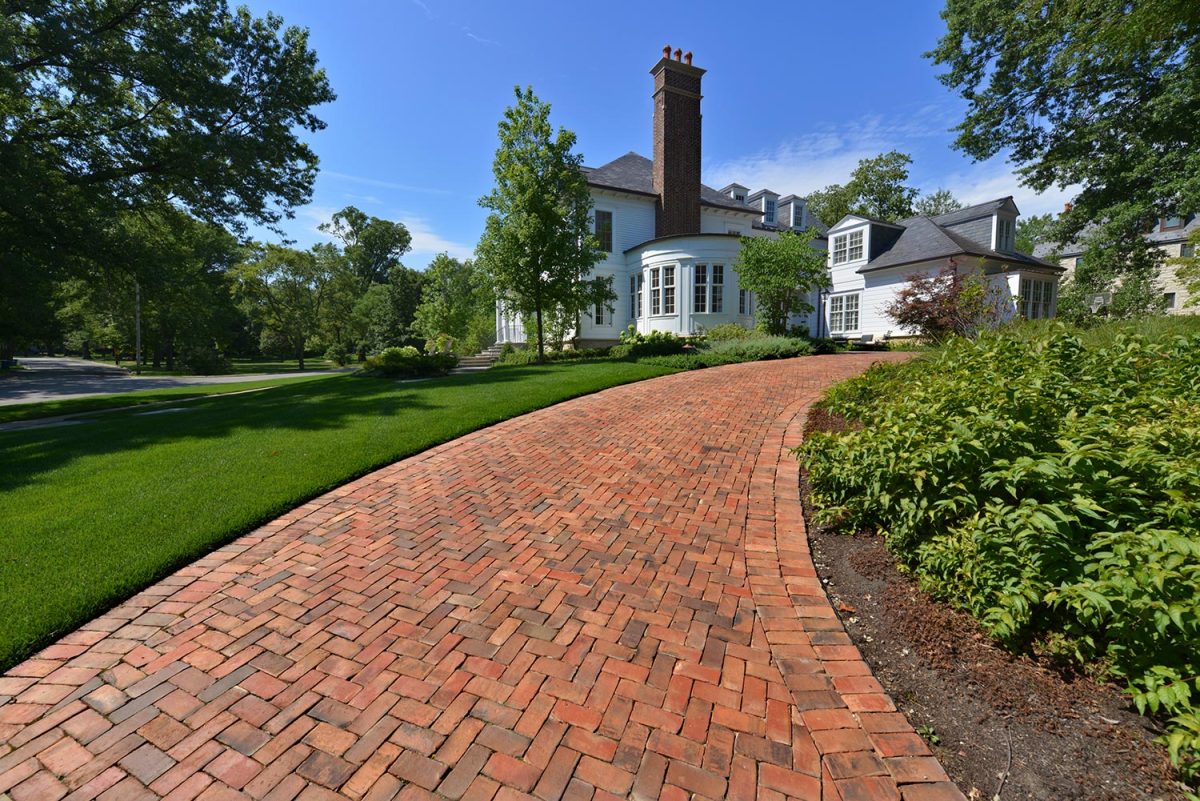
- Flagstone Pavers: Flagstone is a thin natural rock. Designers advise using flagstone pavers in patio areas but not driveways. Unlike brick, flagstone is a thin stone and cannot handle too much weight. Pavers made from flagstone are very durable and come in a variety of colors and shapes. Flagstone pavers are non-slip but rather expensive.
Click here to see this flagstone casting mold on Amazon.
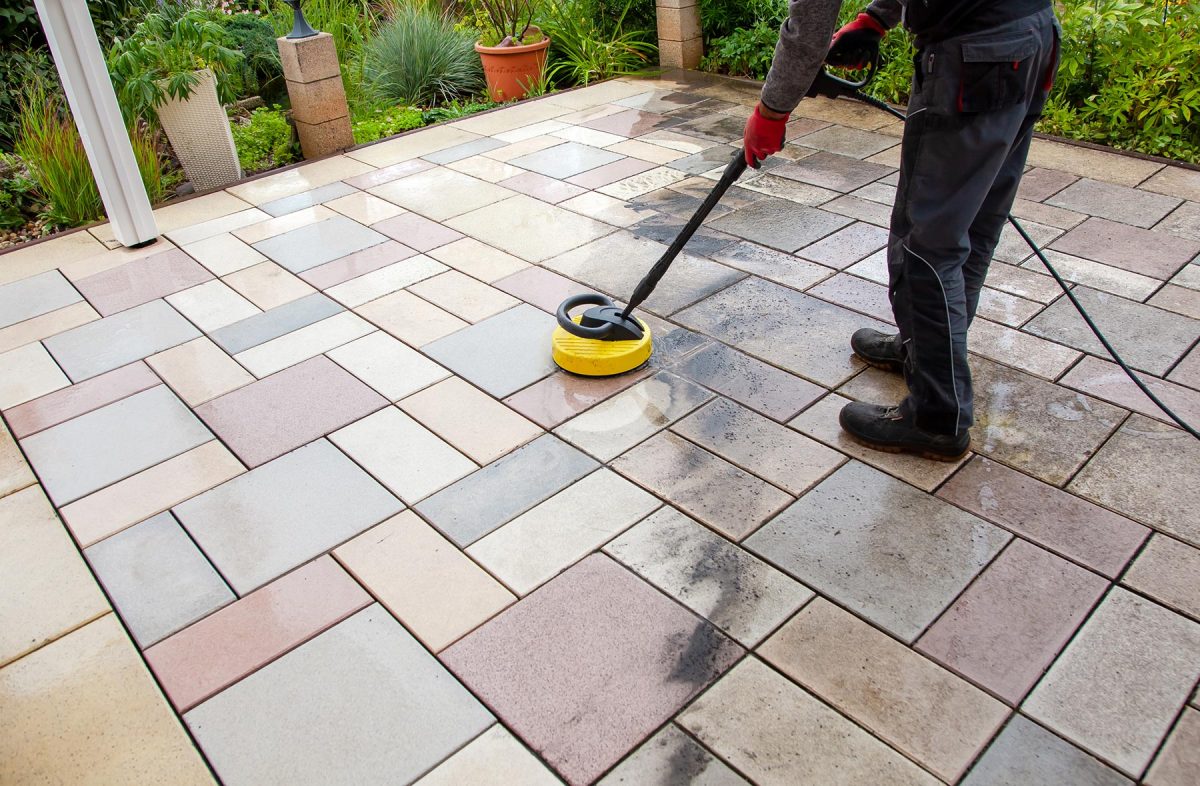
- Porcelain: This might seem an unlikely paver material, but it is quite popular. Home designers often use porcelain pavers for pool decks. They are permeable clay pavers. Manufacturers make porcelain pavers thicker to increase their durability. Porcelain pavers come in larger sizes (tile size) than brick or concrete pavers with natural shades and hues.
- Concrete Pavers: Compared to the other pavers, concrete pavers are affordable. They are better than pouring concrete. The pavers will allow you to design your walkway, driveway, or patio as you wish. They crack when subjected to high temperatures. It means that you'll need to replace them over a shorter time in comparison to the other pavers. Concrete pavers can vary vastly in size.
Click here to see this walkway maker on Amazon.
- Cobblestone Pavers: These are about the oldest pavers around. Cobblestone pavers are granite. Granite is no doubt a durable material. These pavers are suitable for driveways, patios, pool decks, and walkways. They handle heavy traffic well and are not as slippery. Cobblestone pavers are expensive to install, and they need skilled laborers.
- Travertine Pavers: Pavers made from this eco-friendly natural material are very popular in landscaping. They are ideal for patios and pool decks. Travertine pavers are affordable and durable. Ensure that you don't use strong agents to clean stains from travertine pavers to avoid staining and discoloring.
- Marble Pavers: The creme de la creme of pavers are the marble pavers. Marble was used in Roman structures due to its beauty. It is durable and very decorative. Marble pavers have a regal look which makes them very expensive. They can be used in form of slabs. You can place marble pavers in patios, lanes, or driveways.
Click here to see this marble product on Amazon.
Things To Know About Pavers
Pavers are installed to create a finished look in the yard. Therefore, They should have a proper base to sit on. If you intend on installing pavers as your DIY project, ensure these conditions:
- The base will allow proper water drainage
- They are thick enough and can withstand the traffic they will be subjected to.
Bases that are used when installing pavers include:
- Crushed stone: Experts recommend 3/4 inch of crushed stone for a paver base. This is an old paver base that allows water to drain.
- Compact Soil: Soil is a readily available base material. However, it serves better as a sub-base material due to poor drainage qualities when used as a direct base. Pavers placed on compact soil might dislodge over a short period.
- Sand: This is the most popular paver base. Sand is workable and is often combined with crushed stone for stability. Moreover, when you use only sand, the pavers will visibly shift over time.
Large Vs. Small Pavers
Pavers don't come in a uniform size. The size of the pavers you use matters. Paver designs look different when you use different sizes of pavers. Large pavers can be used in large spaces while small ones can be used in smaller spaces.
Landscapers use fewer large pavers, and the work doesn't take long. On the other hand, they give an aura of openness. They are expansive, and they suit a contemporary style exterior.
Small pavers have a cozier intimate feeling. They are better suited for smaller homes and yards. Manufacturers have made the choice easier for homeowners by offering different sizes of pavers of the same material.
Do Pavers Add To Home Value?
A finished look to your home is what makes it enticing in the real estate market. Well-manicured lawns, properly paved pool decks, walkways, and driveways tie the outlook of the home together.
Use pavers to make your home accessible and well-taken care of. Pavers also enhance the color scheme of your home. Experts say that pavers can increase the home value by 20 percent.
Pavers make the yard feel lived in and help you to utilize it to the fullest. Patios and pool decks come to reality when pavers are installed.
Homeowners can invest in good-quality pavers with interesting patterns. This eventually adds value to the home.
Final Thoughts
You should consider the location of your home before choosing pavers. A gray facade of the home allows the homeowner more flexibility on paver colors. Gray easily blends with the landscape because it's a neutral color.
Designers insist on tying your pavers to the roof color as well for a complete look. Mix and match paver sizes and colors to blend and mask stains that may occur over time.
Before you go, you might want to check out these posts:
Permeable Pavers Vs. Non-Permeable Pavers [Including 3 Examples Of Each]

